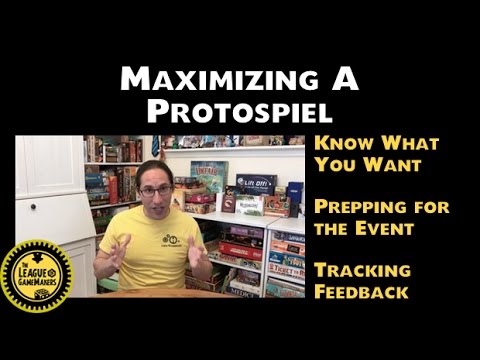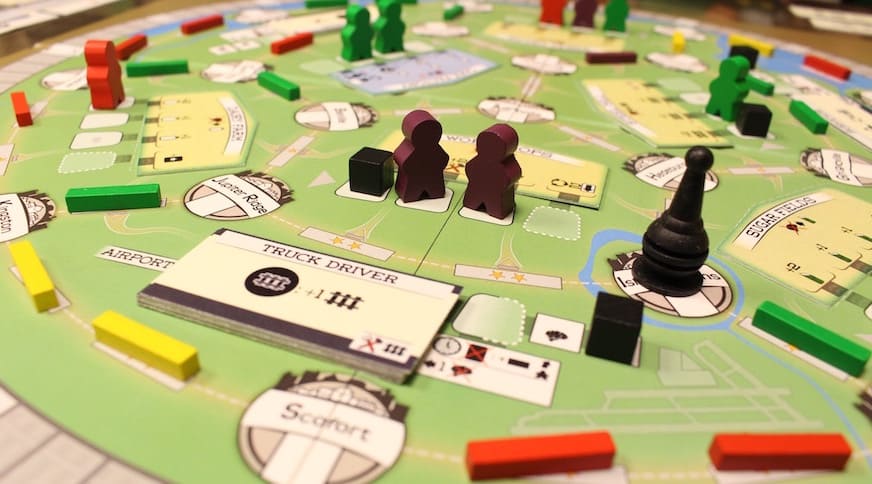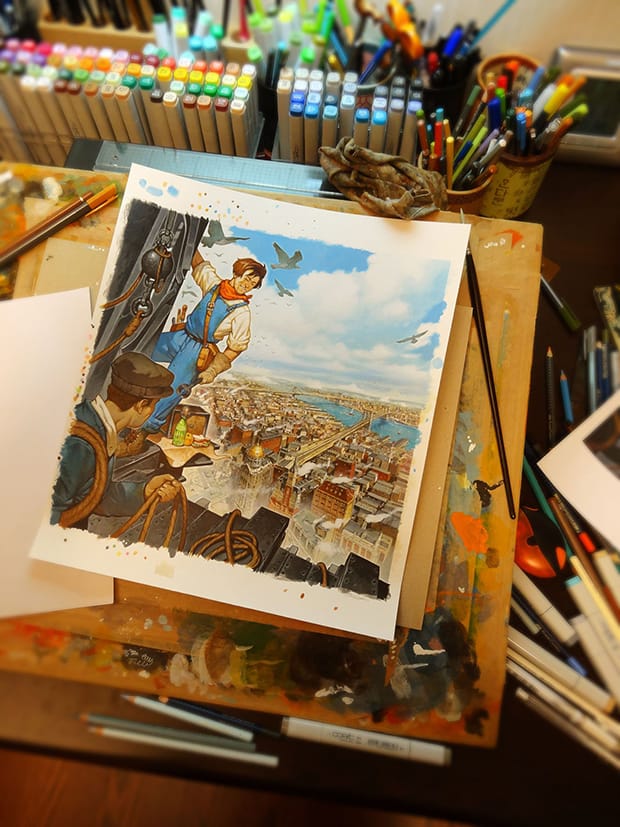
ONE DESIGNER’S TAKE
This is a guest blog post from Chénier La Salle, designer of NY1901 – a game soon to be released by Blue Orange
CONFLICTING ADVICE
I think I have 5 or 6 books on board game design in my personal library. All of them include a few passages on prototypes and most include some advice on the effort – how much or little – that should be spent on making prototypes look nice. Unfortunately for me, there seemed to be no clear guideline.
I vividly remember that one of the books I read included a picture of a very slick looking prototype submitted to a publisher. Right next to it was a picture of the final product that would line up on store shelves. The prototype in question wasn’t far off from what the final product would eventually look like. It was that slick. It seems that that particular designer (a well-established designer with many mainstream games to his name) leaves nothing to chance when approaching potential publishers.
Then again, I also remember hearing another designer discourage people like us from spending too much time and money on producing a high quality prototype. Both these mentors are probably well-intentioned but it does leave new game designers wondering how exactly we should approach prototype making. I won’t pretend that I’ve got a definitive answer to the question but I’ll add my voice to the debate.
I’ve been lucky enough to have one of my designs, NY1901, picked up by a major publisher Blue Orange and the game is scheduled for release in summer of 2015. The process that led to this happy development might help some of the readers decide how much time and money they wish to spend on their prototypes.
I’ll give you my answer right from the start:
THERE IS NO DOUBT IN MY MIND THAT HAVING A REASONABLY SLICK PROTOTYPE WAS VERY HELPFUL AT MANY STAGES IN NY1901’S DEVELOPMENT.
PLAYTESTING APPEAL
Finding playtesters for your game is extremely important. Unfortunately, unlike many of my designer friends, I didn’t have an extensive network of gaming buddies that could help me test my game, so finding helpful souls to lend a hand was no easy task. When you’re looking for playtesters, you’re literally asking people to set aside many hours of their time to play what is clearly a “work in progress”. Although many gamers enjoy playtesting other people’s work, I was well aware that my game was not the only one out there. There are many budding game designers vying for the attention of the same group of dedicated playtesters. In the cacophony of the internet, a game needs to stand out in some way if it’s going to gather some early support.
At its core, my game NY1901 had two iconic themes: New York City and skyscrapers. In the hands of a professional artist, these two elements would clearly be part of the overall appeal of the game. Although I’m fairly adept with a pencil, I don’t have the skills to turn out professional looking images, the type of images you can only get when you can use software like Photoshop. I had all the measurements for my board down to the millimeter but I needed skilled hands to take it to the next level. With a little coaxing and a few promises I was able to get a friend to give me a hand. With his help, I was able to turn what had been until then handmade boards (albeit reasonably nice ones) into the semi-professional looking boards.
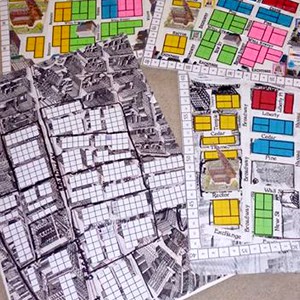
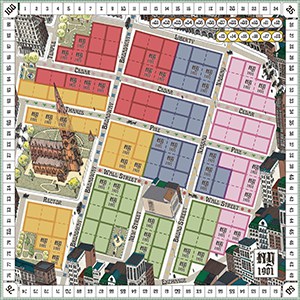
Left: earlier ‘handmade’ prototypes; Right: the ‘slick’ version later in the development
This slick game board helped me attract over 10 different playtesting groups. All these people have given me a tremendous amount of good advice and many of their suggestions have made their way into the game.
ATTRACTING A PUBLISHER
I don’t want to suggest that publishers sign games simply because they look good. They don’t. They sign games that play well. But here again, there are so many game designers out there that it can be hard to get anybody to give you the time of day. So when you don’t have a “name” in the business, any little thing helps. In the case of NY1901, I knew that the theme of the game (New York City and skyscraper) would be an important part of the appeal of the game so a prototype that emphasizes the game’s visual “potential” could help me attract a bit of attention and possibly get a foot in the door.
Moreover, by the time I got around to making the last few prototypes, I was starting to understand that my game might be published by one of the many small independent shops trying to establish themselves. These small publishers generally have fewer means that the larger ones so presenting them with at least some artwork that is at or near publishing quality can have some financial appeal.
NY1901 was lucky enough to get picked up by an established publisher. When that happens, it’s almost a given that all your artwork will be discarded, and that’s fine. But still, even the discarded artwork will be seen by the product manager in charge of your game, and your work will end giving the pros some cues on where they want to take artistic direction – although they might not admit to that.
There are many reasons why NY1901 beat the odds and got picked up by an established publisher. A healthy dose of luck is always useful; gameplay is of course the main factor; the prize that the game won at a California gaming Convention (Polycon) is another. But a reasonably slick prototype was definitely part of the equation. I’m not suggesting you spend a fortune on your prototype, but some attention to aesthetics will open doors. Right now, I’m getting a thrill just watching my game come to life, again, bigger and better, under a professional artist’s pen. Drop by the game’s page and see what happens when pros take over. It’s a beautiful thing. Thank you!
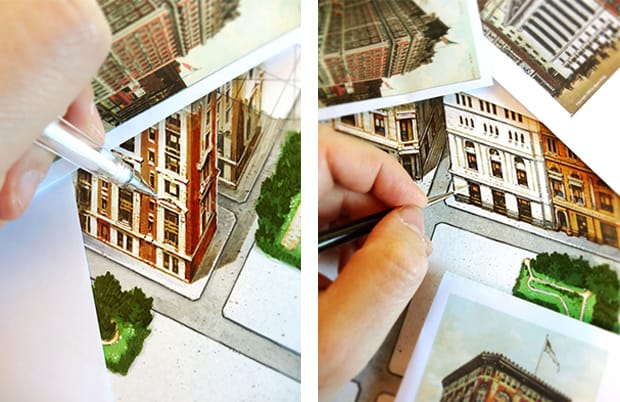
NY1901 board art in progress by Vincent Dutrait

NY1901 cover art by Vincent Dutrait

